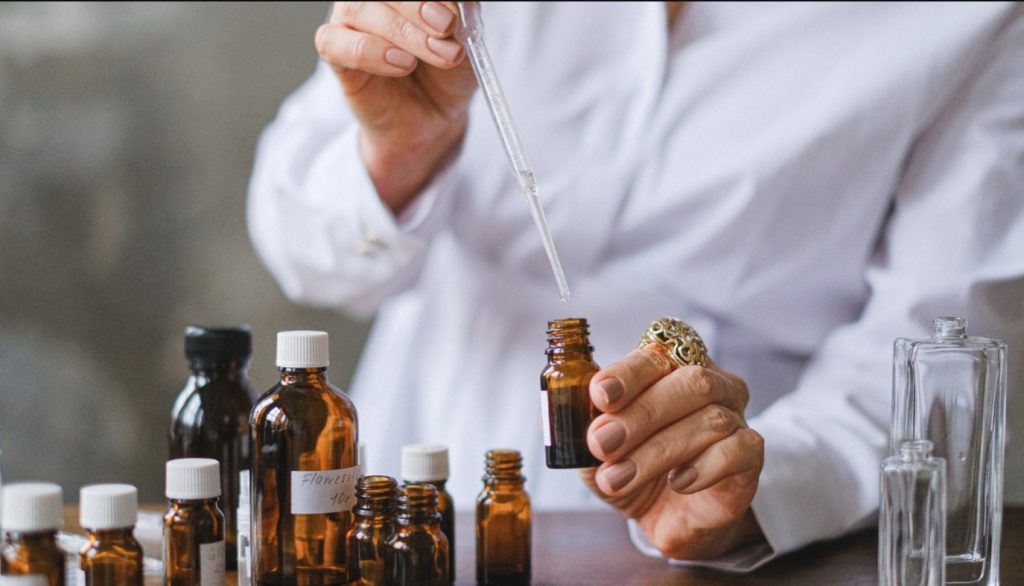The creation of a perfume is a captivating dance between artistic vision and scientific precision. For brands partnering with an OEM perfume manufacturer, understanding this process is key to appreciating the value and complexity behind each bottle. How exactly is perfume made? This article takes you behind the scenes to reveal the meticulous steps—from the initial brief to the final quality check—that transform a concept into a finished fragrance. This journey is a core part of the service provided by a professional OEM perfume manufacturer, as outlined in our comprehensive Ultimate Guide.

The Blueprint: The Creative Brief and Olfactive Direction
Every great perfume begins with an idea. The process starts with a detailed creative brief between you and the OEM perfume manufacturer. This document outlines the perfume’s personality, target audience, inspiration, and the story it should tell. It describes the desired fragrance notes—the individual scents that make up the final composition. This stage sets the entire project in motion, ensuring everyone shares the same vision before a single ingredient is measured.
The Art of the Perfumer: Formulating the Scent
This is the heart of the process, handled by a skilled perfumer, or “nose.”
- The Fragrance Pyramid: The perfumer designs the scent around a pyramid of top, middle, and base notes. Top notes are the initial, light scents that evaporate quickly. Middle notes form the core character of the perfume, emerging after the top notes fade. Base notes are the deep, rich scents that provide longevity and linger on the skin for hours.
- Blending and Modifications: Using hundreds of natural and synthetic raw materials, the perfumer creates several preliminary formulas. The OEM perfume manufacturer will then provide you with samples for feedback. This stage often involves multiple rounds of tweaking until the perfect balance is achieved.
The Science of Production: Scaling Up with Precision
Once the final formula is approved, production begins. This is where the art becomes a reproducible science.
- Weighing and Mixing: Raw materials are weighed with extreme accuracy and mixed in large vats. The order of addition is critical to the final scent.
- Maceration: The blended perfume is left to rest for several weeks. This allows the various molecules to harmonize, resulting in a smoother, more rounded fragrance.
- Filtration and Cooling: The mixture is filtered to remove any impurities and then chilled to ensure stability and clarity.
- Quality Control: Before bottling, a sample from each batch is tested against the approved standard to ensure scent, color, and stability are perfect.
Bottling and Packaging: The Final Presentation
The final step involves bottling the finished perfume. The OEM perfume manufacturer manages this entire process, from filling the bottles and attaching sprayers to applying labels and assembling the outer packaging. This stage requires a clean, controlled environment to maintain product integrity.
Conclusion: A Partnership in Creation
Understanding how perfume is made reveals why choosing an expert OEM perfume manufacturer is so important. Their ability to master both the creative and technical aspects ensures your vision is translated into a high-quality, consistent product.
Inspired by the process? Now explore the exciting market trends that can shape your fragrance line in our article on the rise of niche perfume.